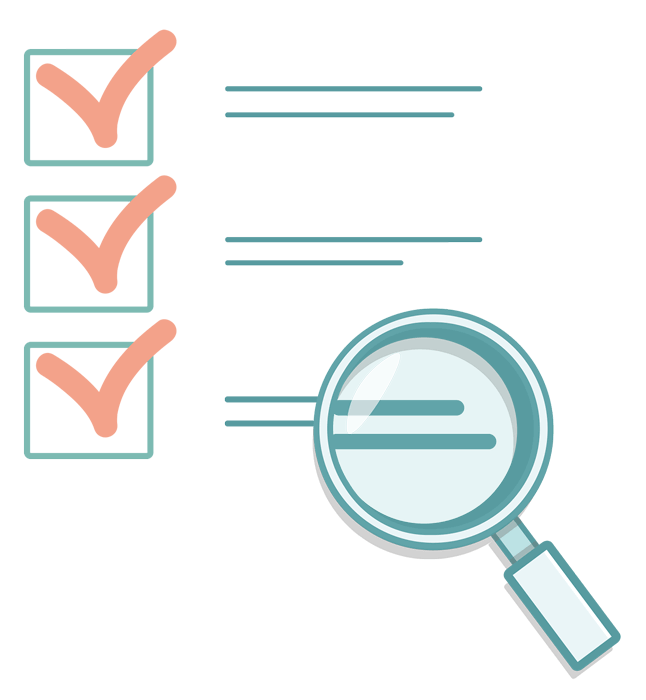Rakel: Evolve Resources for Integrative Medicine, 4th Edition Chapter 02: Creating Optimal Healing Environments Review Questions 1. All of the following are examples of nonspecific healing effects except: a. Empathy b. Creating positive expectations c. Matching a therapy to the individual’s culture and belief system d. A healing setting with elements of nature e. The cytotoxic effects of chemotherapy 2. A 32-year-old female executive presents to your office with abdominal pain and constipation. She does not want to take a lot of drugs and would like to get at the root of her symptoms. After ruling out other causes, you make the diagnosis of constipation-dominant irritable bowel syndrome. Which of the following therapies is likely to be most effective? a. A prescription for linaclotide, a guanylate cyclase agonist that creates an osmotic fluid shift into the lumen of the bowel. This drug has high quality evidence for its effectiveness for IBSC.65 b. You explore the stress at work and her unique tendency to “hold things in,” particularly in relation to her demanding career. You explain the pathophysiology of mind-gut connection and agree on a plan to increase exerciseN, pUuRshSfIluNidGs,TadBd.sColOubMle fiber, journaling to provide an avenue for expressing emotions, and a referral for gut-directed hypnotherapy. c. On the basis of a lecture you recently heard at grand rounds about acupuncture and constipation, you make a referral. You aren’t so sure it will help but since she does not want to take a lot of medicine, you give it a try. d. After listening with empathy, you educate her about the safety of polyethylene glycol (Miralax), and how it is not systemically absorbed but is quite effective for constipation. You recommend she start with two heaping tablespoons (about 34 g) per day, mixed with 8-10 oz of water, for 1 week and then reduce to one tablespoon daily (17 g) and follow up in 1 month. 3. On the basis of Frank and Frank’s pioneering work, which of the following is NOT one of the four key ingredients of a healing encounter? a. An emotionally charged relationship with a helping person b. A healing setting c. Using a knife, pin, pill, laser, or light within the context of the visit to enhance health outcomes. d. An explanation for the symptoms that resulted in a sense of control and understanding e. A ritual, procedure, or plan that involves active participation of both parties that each believes will restore the person to a state of health
read moreLoading sample please wait !

Barmerit customers have reviewed more than 700,000 summaries. This how you know that you are buying the best documents.

You can quickly pay through credit card or Barmerit-credit for the summaries. There is no membership needed.

Your fellow students write the study notes themselves, which is why the documents are always reliable and up-to-date. This ensures you quickly get to the core!
Price $10.00